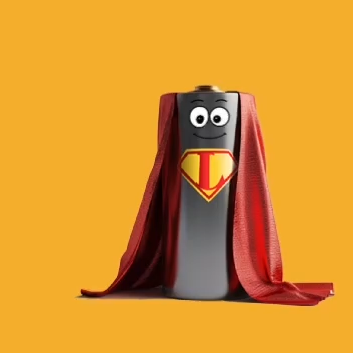What standards are available for Flame Spread and Smoke Density, and how do they compare?
Flame spread is a measurement of the extent to which a material subjected to flame supports or resists burning. If burning occurs, the “flame spread value” is a measure of the rate at which that material continues to burn.
What’s Smoke density all about ?
Smoke density is a value measured from a material, which when burning, releases smoke, ash and gases. A smoke density value is determined using a method in which the flame emissions obstruct an optical light path. These two statistics can play a critical role in determining properties of materials in and around places and spaces where fire and smoke conditions can affect the impact and safety of people.
Differences in flame spread standards
There are specific details to how these tests are performed defined in a collection of flame spread standards. These standards are very similar, but they differ in nuanced ways. In Canada the standards that outline flame spread and smoke density testing are CAN/ULC- S102 and CAN/ULC- S102.2. In the USA, the standards that outline flame spread and smoke density testing are ASTM E84, UL 723, and ASTM E2768.
At LabTest, we are often asked what the differences are between the standards in each country. Both tests use the same equipment design but with a distinction that E84/UL 723 utilize observation windows with glass panels added to the inside of the test tunnel and CAN ULC-S102 does not. E84/UL 723 also have blocks placed at specified positions within the tunnel to increase turbulence. ASTM E2768 is a version of the test that extends test operation time from the normal 10 minutes to 30 minutes.
Which standards will apply depending on the type of materials?
Another important thing to know is which standards will apply to which types of materials. ASTM E84/UL 723 require that all sample material must be tested on the top ledge of the interior walls and if required can be supported across that area to hold samples in place while testing. Types for support are outlined in the Standard Test Method applying to various types of non-self supporting materials
CAN ULC-S102 testing is restricted to materials that remain on the top ledge of the interior walls without any support added. It also restricts materials that will drip or sag excessively (as in thermoplastics). Materials that do not qualify for this classification are then tested under CAN/ULC-102.2.
CAN/ULC-102.2 allows materials to be placed on the interior floor of the test tunnel with a modification to the ignition source redirecting the ignition flame down. In this manner unsupported material can be tested but more significantly, it more accurately determines results on materials such as flooring or similar materials in a manner that closely represents the way they are installed. E84 do not allow this provision.
How to interpret test results?
After doing a test, it can be difficult to interpret what the results mean, what the ratings mean, how they compare between standards, and who looks at the reports. The test report data from both E84 and S102 read similar. Smoke density readings are nearly identical other than small operational characteristics within the test apparatus. Flame Spread results are determined similar as well although ASTM E84/UL 723 classifies the flame spread rating in three classes, being A, B and C, while S102 and S102.2 do not. One other notable difference is that CAN/ULC-S102 & S102.2 require that each material undergo three iterations of the test to determine an average result, unlike ASTM E84 which requires only a single test.
*An important factor for the CAN/ULC S-102.2 test results*
With respect to E84/UL 723 and S-102 in top load configurations, S102.2 may provide significant test result differences in their respective material sample placement. This is especially important when comparing E84 directly to CAN/ULC-S102.2
As applies in most cases, international boundaries and local authorities dictate the impact of test data and test reports so one type may or may not be acceptable in all jurisdictions. In Canadian locals, authorities should recognize that CAN/ULC Standards are not necessarily equivalent to the US counterpart Standards.
LabTest Certification, leader in Fire Testing services, offers a wide range of testing services to manufacturers and distributors of materials used in the construction industry. Our Fire Testing staff can help you determine the fire rating and fire resistance of your components or products.
Additional related sources of information
You can review some of our other resources on this topic





